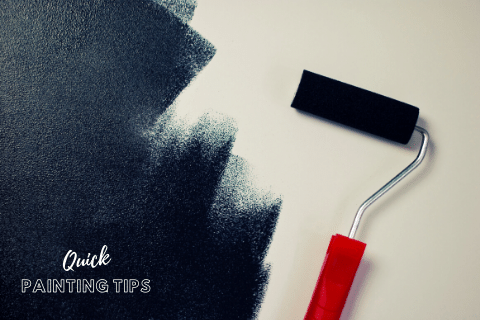Residential Painting, Essential Tips for DYI Fanatics

Essential tips for exterior residential painting
Painting the house is not a simple thing It requires methodical preparation. Generally, you should go for expert help, but if you are a DIY – Do It Yourself – fanatic, you should take care of certain things. You have to paint the ceiling and then the four walls. Get the interior furnishings removed. If they cannot be removed, cover them with plastic sheets. While painting the ceiling, put paint tapes at the edges to prevent any seeping of colors underneath.
If the ceiling is acoustic, get it down softly and bit by bit. Don’t meddle with the inner heating equipments and hidden wires. During the residential painting process, you may as well texture-paint the ceiling with airbrushes. You will also need solid wooden portable platform to cover the entire ceiling. First shower it with sufficient water and then allow the paint to cover the ceiling. Once that is done, leave the area for a day to dry up. Then get to the walls.
Walls are easier to paint
you should make sure that you have the coloring materials at hand. You may also need a ladder if the walls are high. Apply smooth rollers for painting if the walls are vinyl or wooden. First, you need to prime it well. Sand the walls well and get good riddance with all stains, molds, and other impurities. Use sander and scraper and scrape out the previous painting slowly but surely.
When you have applied primers on the walls
leave it for another day. Then wash the primer with pressure hoses and see if the primer is coming out. With good work, the primer will stay. Now apply paint by small sections. Don’t leave gaps. It is also part of the residential painting process to check the texture of ceiling for choosing the interior coloring. Cover the alcoves if you have separate arrangements for them. Once again paint tape the wall-floor edges.
Leave some space near the edges
Keep them spliced with wood or metal. This is because paint has a tendency to spill in capillary manner. Leave the space for that and your color will be brighter for a good enough time. Even if you are doing it, you may have a knowledgeable person by your side for guidance. If the walls are dry walled or plastered, you shall not put paint directly. You will first need to peel the plaster off before painting. This is a pre-primer step and not post-painting. Also, keep gloves handy and a suitable mask on your face. This will prevent ant viral or bacterial infection. Sometimes, the edges may be rough and while smoothening them, it may hurt. Don’t let it get into the skin.
Keep the whole thing within the estimated budget. Take acute measurements and get guided on the exact amount of paint you will need.
